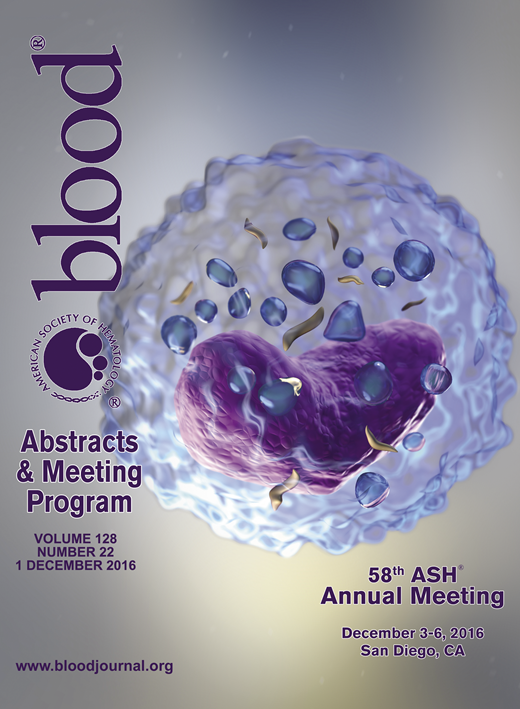Abstract
Acute lymphoblastic leukaemia (ALL) is the most common type of cancer diagnosed in children. Improvement in the treatment has resulted in survival rates of nearly 85% with modern intensive chemotherapy. However, intensive treatment imposes morbidity and mortality. Thromboembolic events are among the more frequent and serious complications of acute lymphoblastic leukaemia. They represent a potentially reversible cause of morbidity and mortality. In the largest study, the rate of thrombosis was 5.2% and half of thrombotic events occurs in the central nervous system. The pathogenesis of this increased thrombotic risk is not fully understood, but probably includes a combination of variables related to the disease itself, its treatment, and the host. In literature, there are few studies about the role of lymphoid blasts and of derived microparticules (MP) in these complications.
JURKAT ALL cell line was exposed to Vincristine (VCR) or Doxorubicin (DOX) at the therapeutic concentrations of respectively 300ng/ml and 20ng/ml during 4 or 24 hours (h). Cells viability was studied with MTT tetrazolium reduction assay. Tissue factor (TF) expression was studied by RT PCR and Western Blot. Thrombin generation was estimated by Thrombin generation assay (TGA). Antibody (Ab) against TF and Annexin V (AV) were used to assess respectively the role of TF and of phosphatidylserine. MP derived from JURKATT cells were isolated by two centrifugations (15 minutes at 1500x g and 45 minutes at 15000x g). MP were observed and quantified by fluorescence microscopy after a labelling with AV Alexa. TGA was used to evaluate MP thrombin generation.
After 4h and 24h of incubation with VCR, cells viability was respectively of 109% and 42%. JURKAT cell line expressed TF mRNA and protein. This expression did not vary with chemotherapy. JURKAT cell line was able to support thrombin generation. After a treatment during 24h with VCR, thrombin generation was significantly higher with a significant modification of all parameters of TGA. AV induced a complete inhibition of thrombin generation whereas TF Ab induced a delay in the initiation of thrombin generation. This delay was significantly higher after 24h incubation with VCR (182%) than after 4h (114%). At baseline, JURKAT cell line released MP which were observed and quantified by florescence microscopy. MP induced thrombin generation. After 4 and 24h of incubation with VCR, the number of MP increased significantly (respectively 74% and 142%). The size of MP was significantly smaller after an incubation of 24h. 24h exposure to VCR significantly increased MP thrombin generation. AV induced a complete inhibition of thrombin generation. TF Ab induced a delay in the initiation of thrombin generation. Despite its effect on cells viability (115% after 4h and 38% after 24h), DOX treatment during 4h or 24h did not induce statistically significant variations in thrombin generation by JURKAT cells or by derived MP.
The role of blasts in thromboembolic events has been mostly studied in acute myeloid leukaemia but only rarely in ALL. The role of high levels of MP has been studied in various diseases complicated by thrombosis but not in ALL. According to the results of this study, lymphoid blasts could play a role in thrombosis events at the initiation of treatment in ALL. When exposed to VCR, JURKAT cell line is able to support thrombin generation with a time-dependant effect of VCR. Pro-coagulant phospholipids exposure on blasts and derived MP plays a major role in thrombin generation.TF has a role in the initiation of coagulation. Inhibition of TF effect by Ab is also time-dependant, suggesting that despite the absence of modification in TF expression, VCR may induce modifications in TF activity, maybe by a mechanism of decryption via interactions with phosphatidylserine. Our data also suggest that MP could be potential markers and targets in the prevention of thrombosis in ALL patients.
No relevant conflicts of interest to declare.
Author notes
Asterisk with author names denotes non-ASH members.

